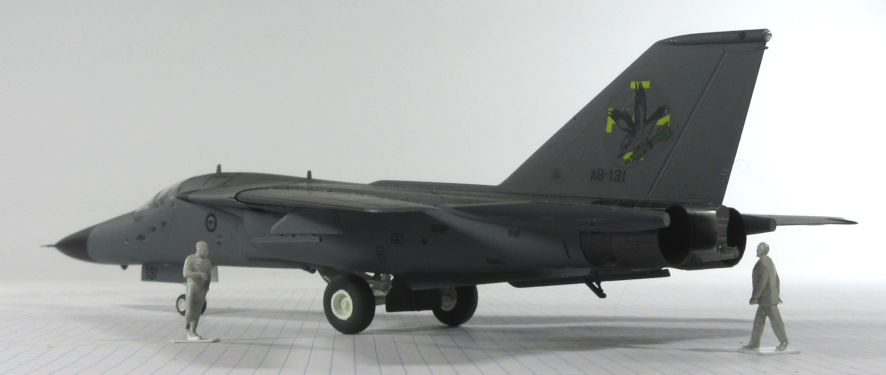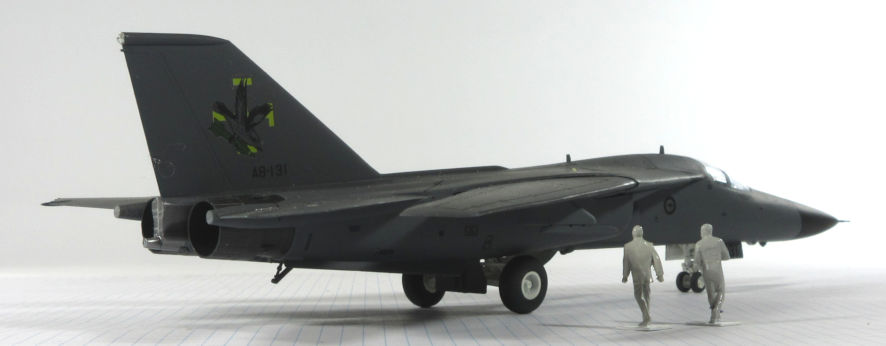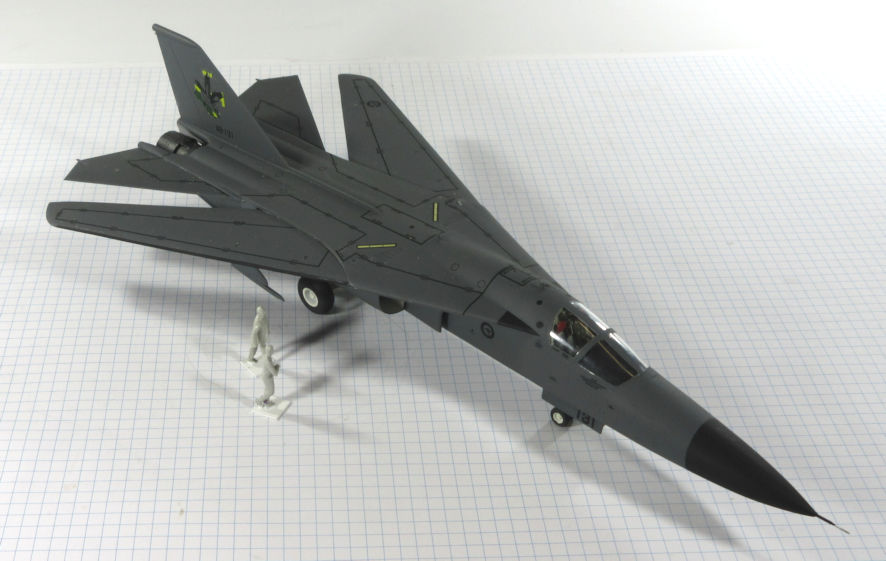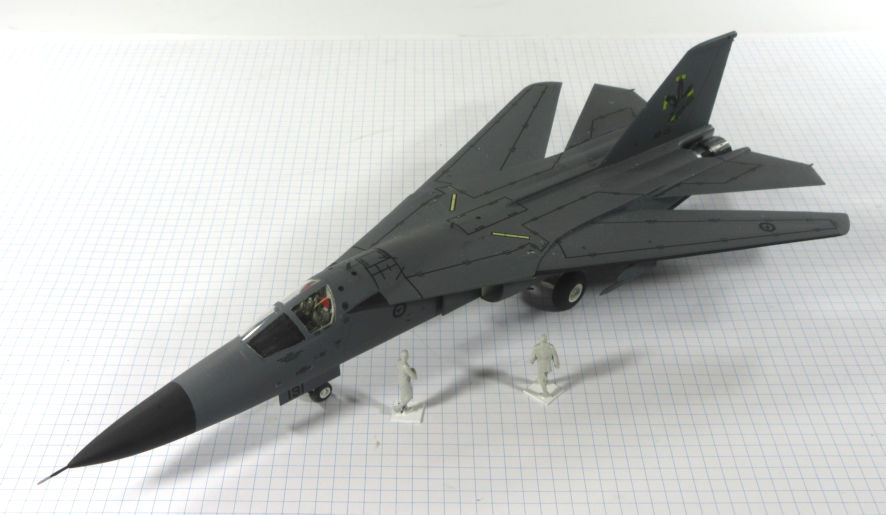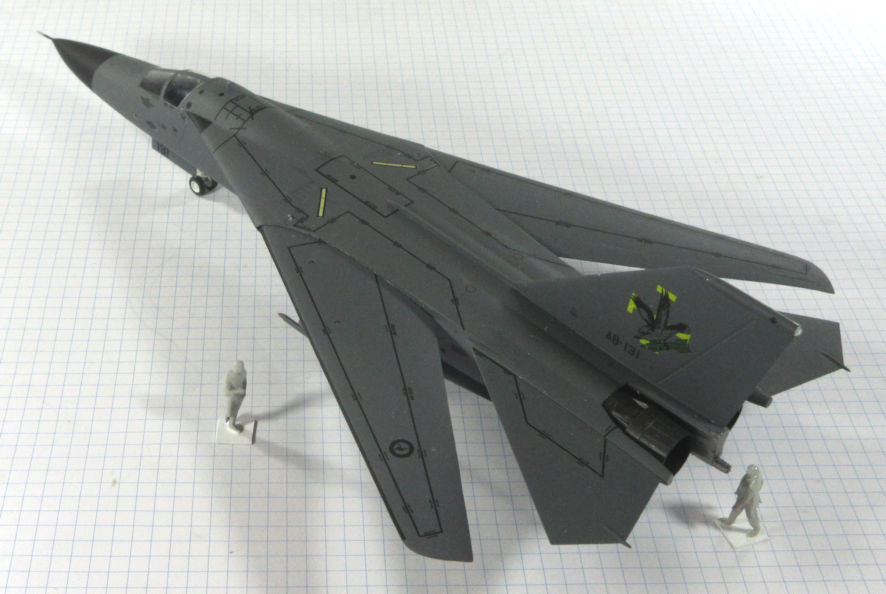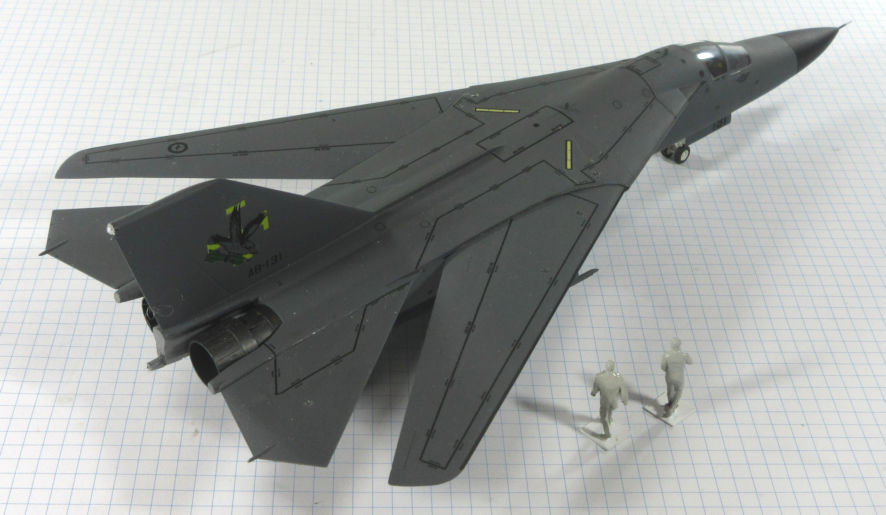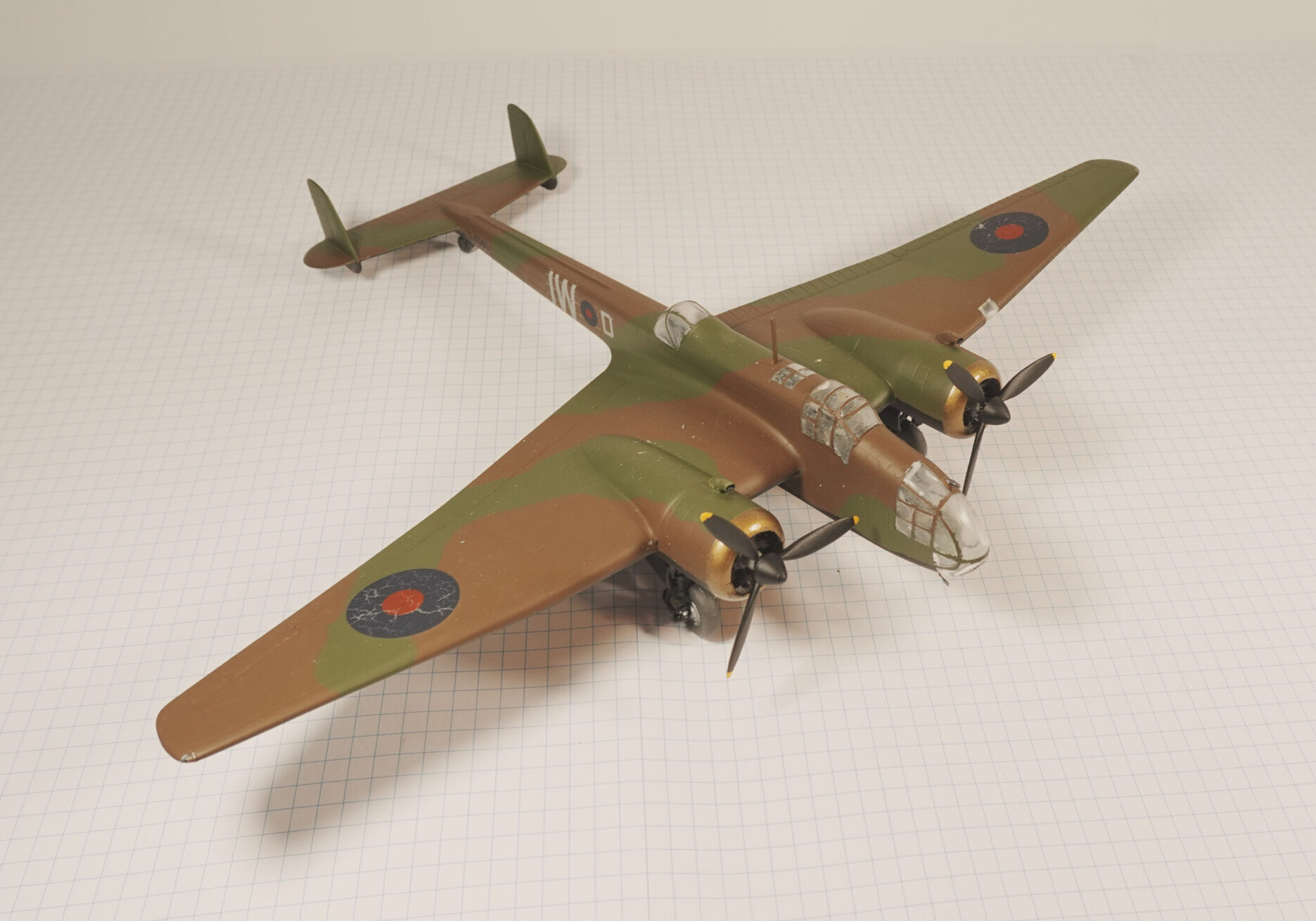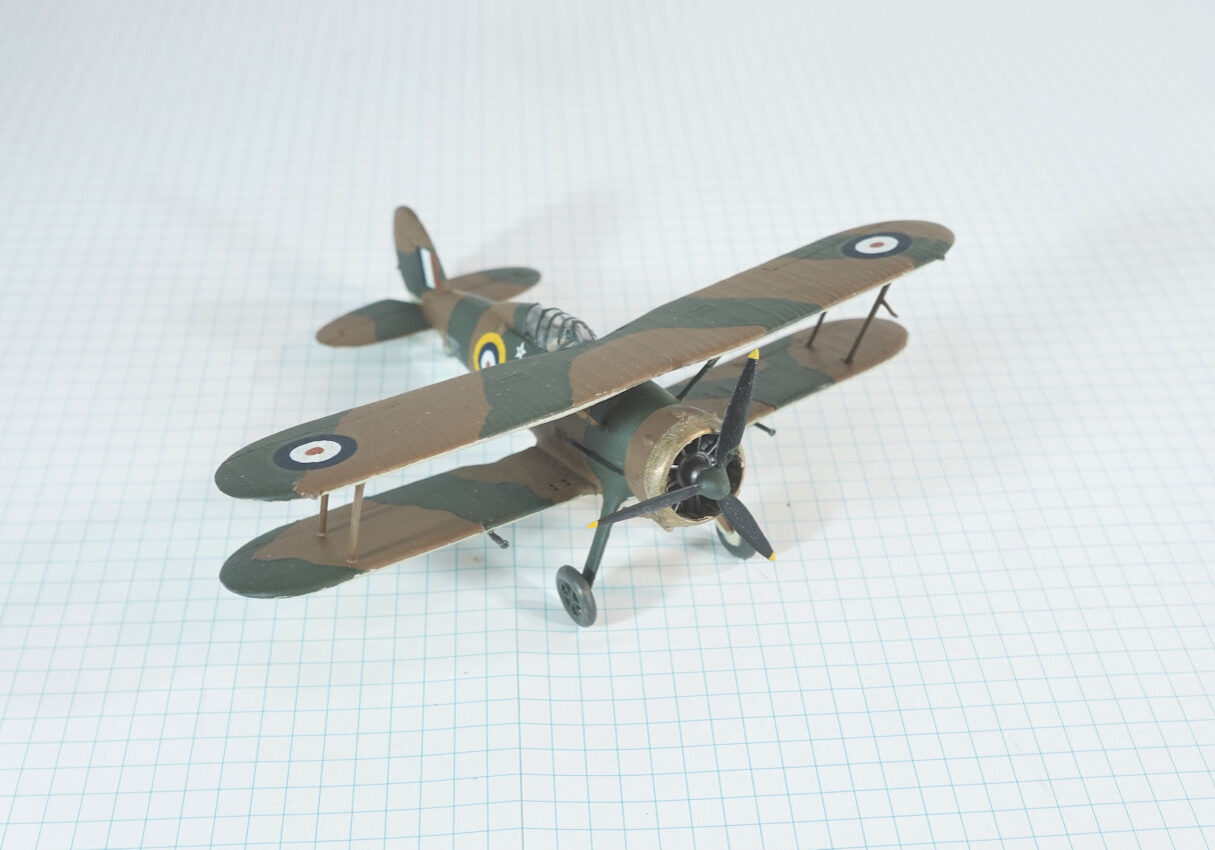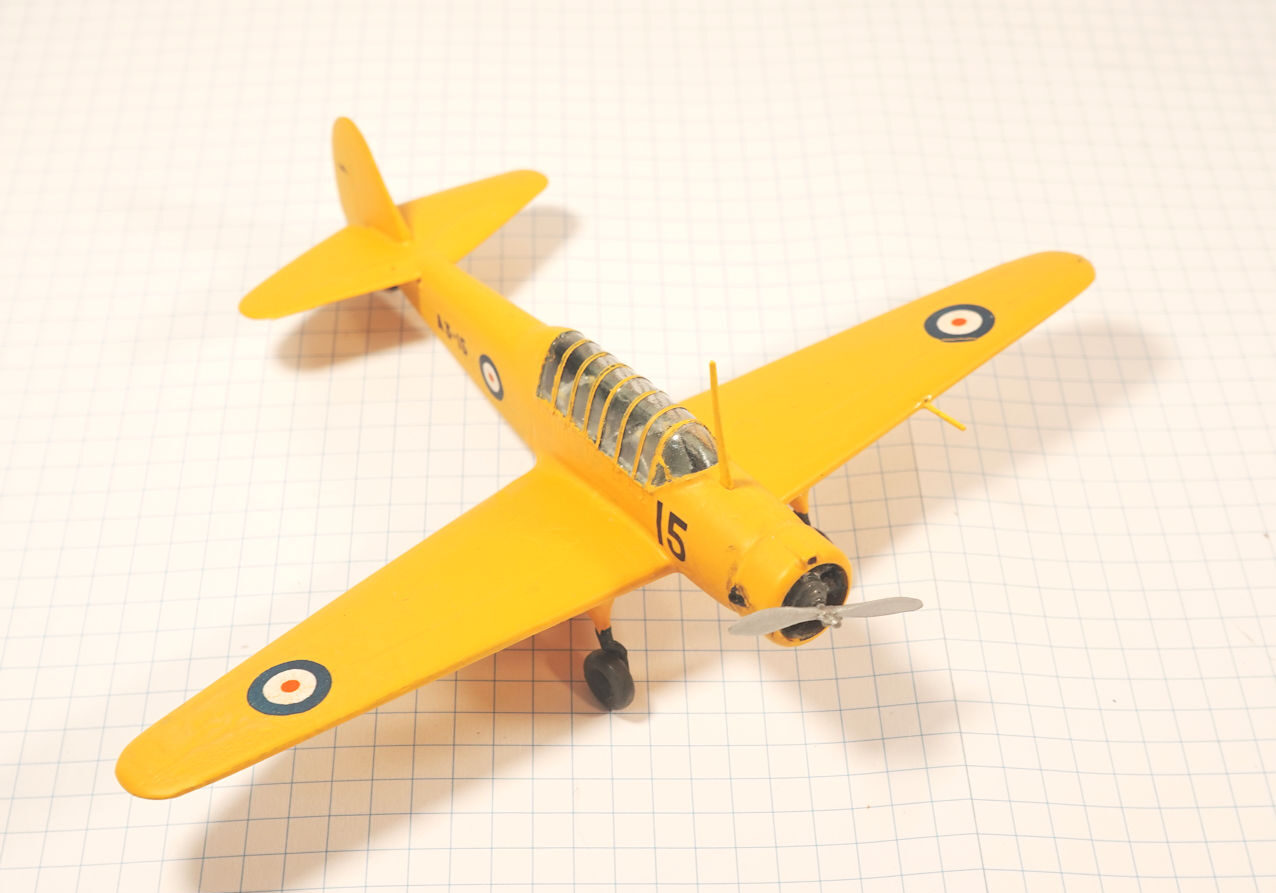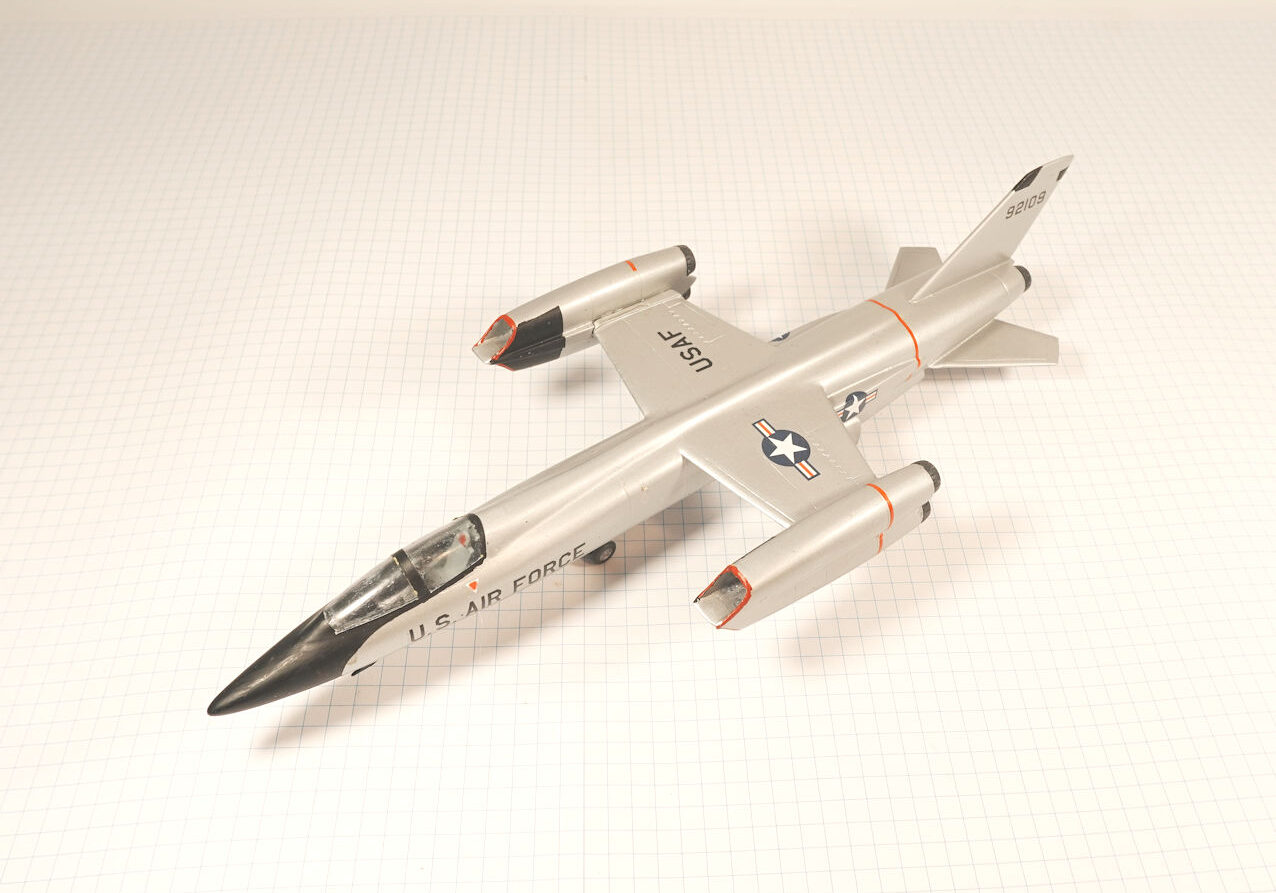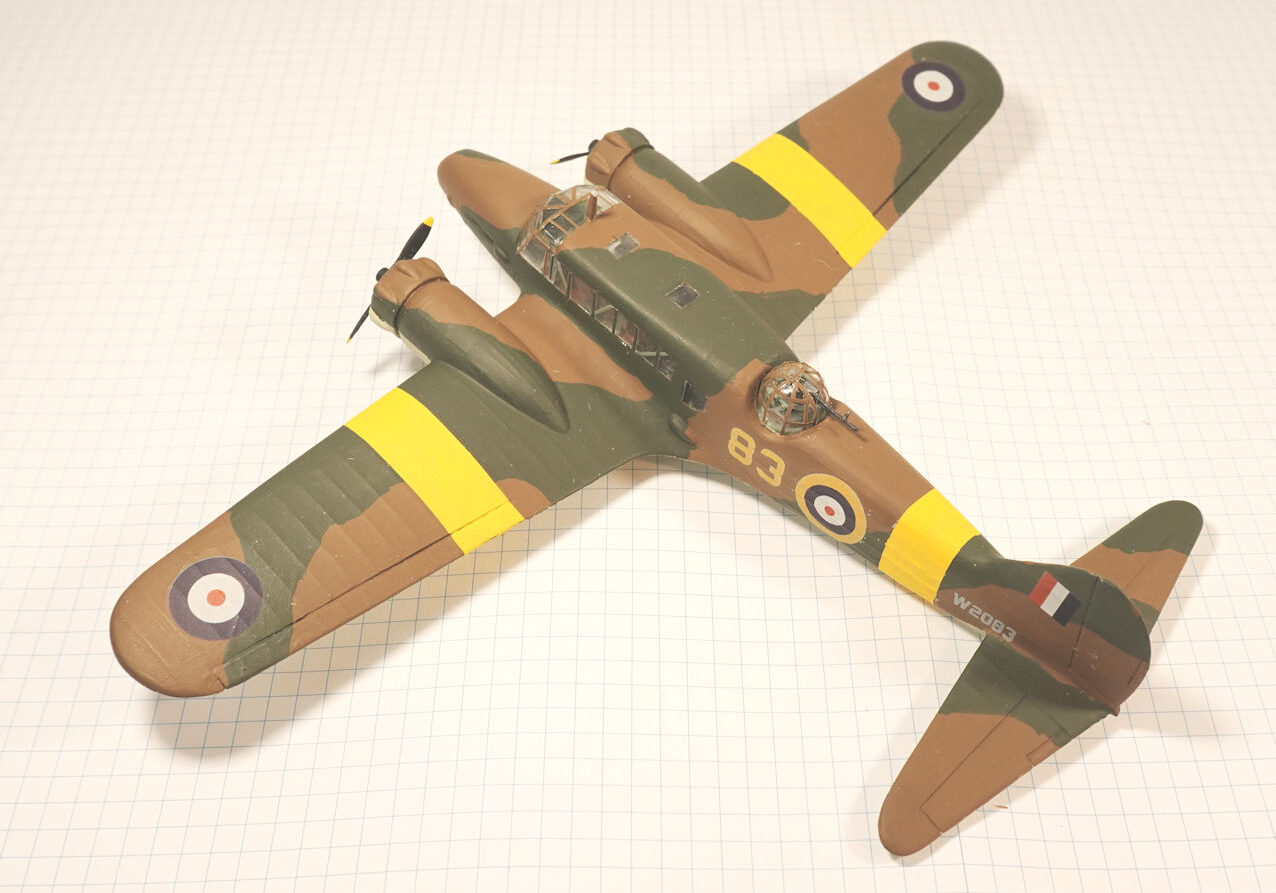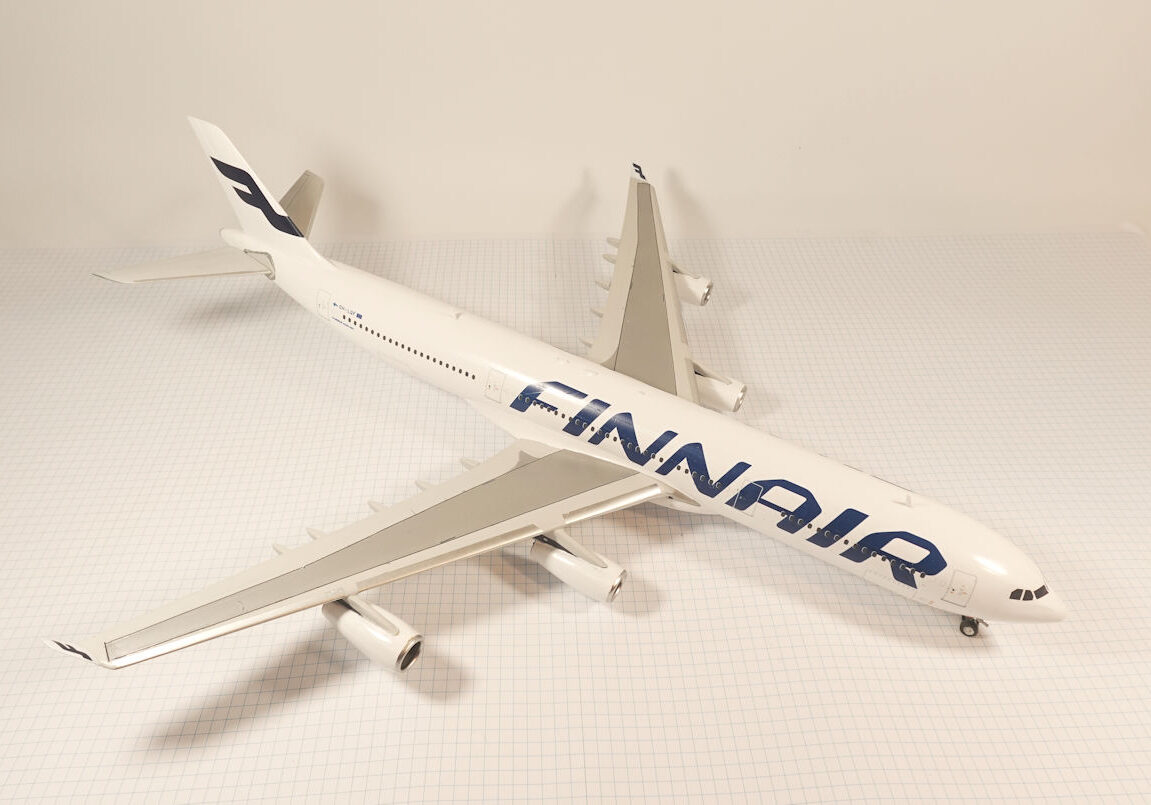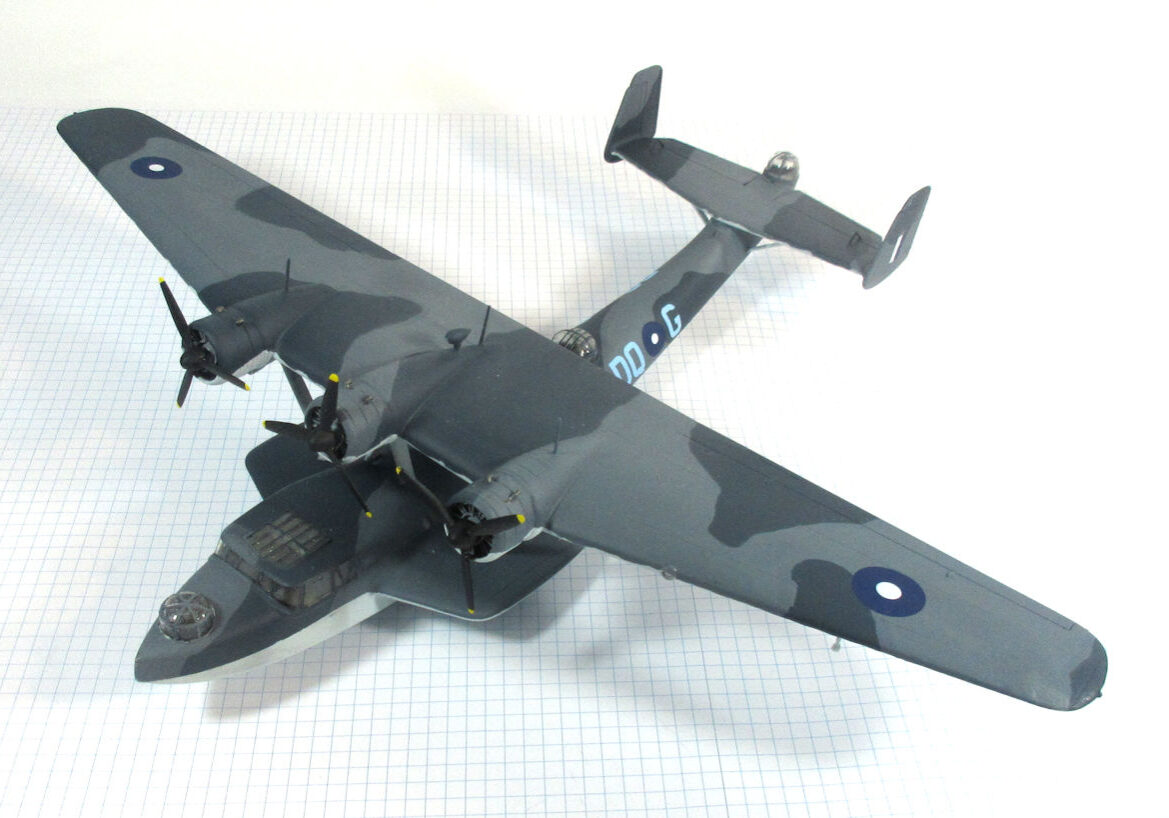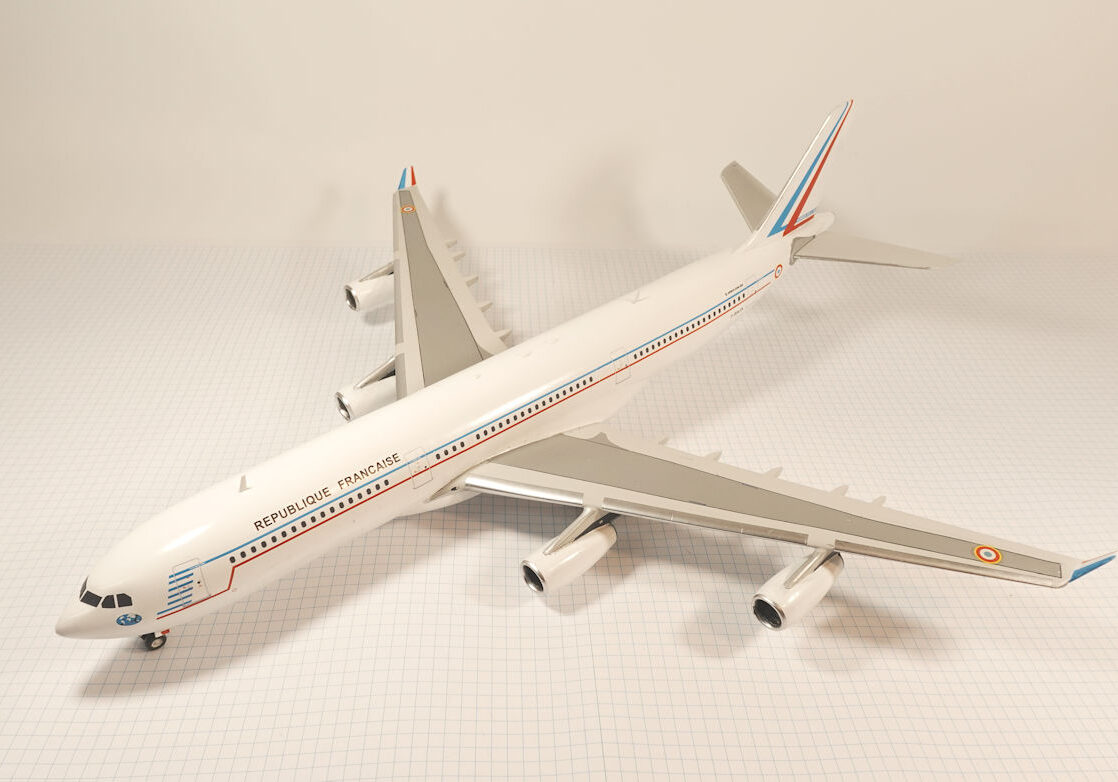History
The F-111 was the first variable geometry aeroplane to enter service and strongly influenced later designs. Development began in 1960, the first ones entered service in 1967 and 563 in all versions were produced.
Twenty-four F-111Cs were ordered by Australia for the RAAF in 1963.
They combined the fuselage of the F-111A with the longer wings of the F-111B.
The first were delivered in 1968 but development delays and structural problems delayed acceptance until 1973.
The RAAF acquired four more F-111s modified to F-111C standard in 1982 and 18 F-111Gs in 1994.
F-111s remained in service long after they were retired by the USAF and were finally withdrawn from service in 2009.
This model represents a F-111C of 1 Squadron, RAAF, at the Red Flag exercises in 2002.
Hasegawa 1/72 kit with Hawkeye decals completed by Leigh Edmonds in September 2009.


